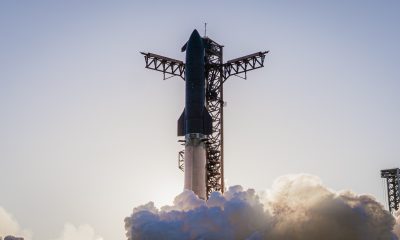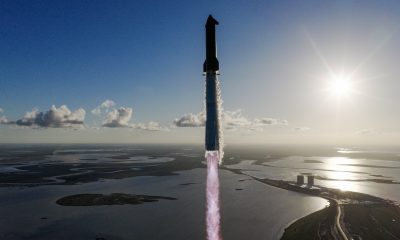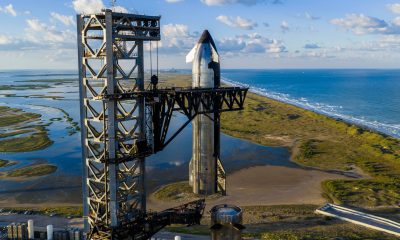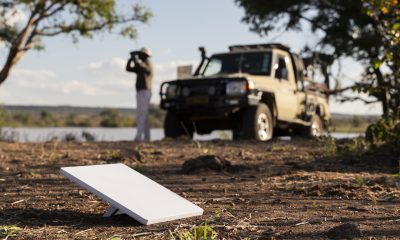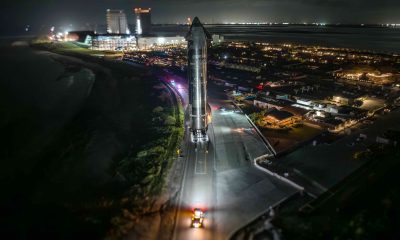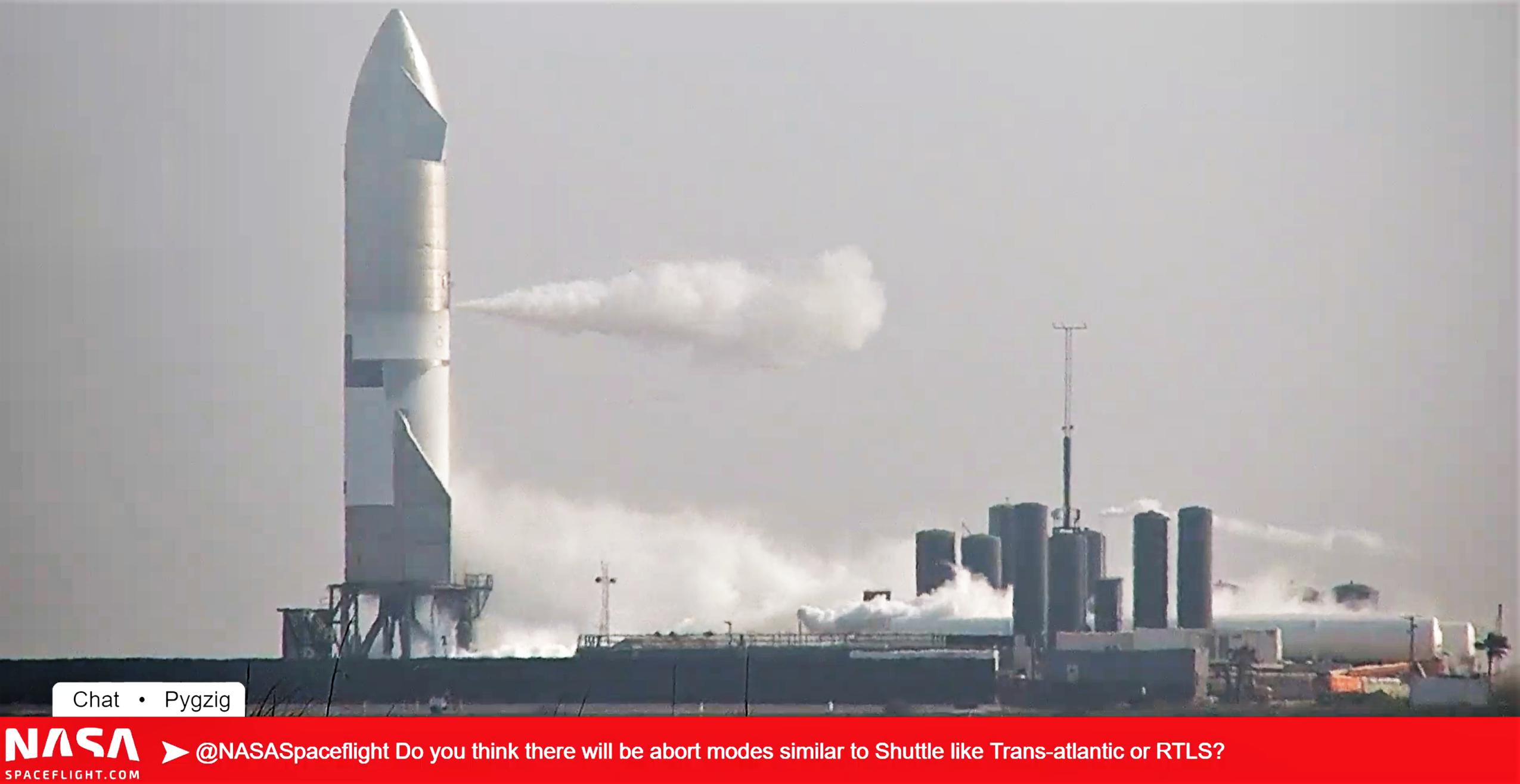
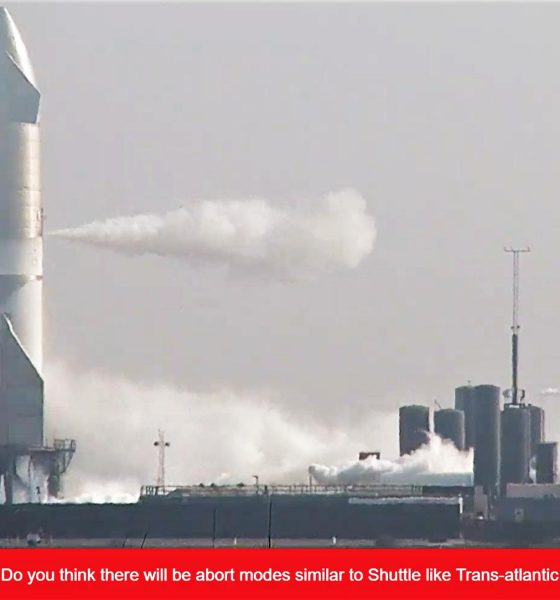
News
SpaceX’s upgraded Starship gets frosty during cryogenic proof test
Update: SpaceX is well into Starship SN15’s first cryogenic proof test and is in the process of loading the upgraded steel rocket with hundreds of tons of supercool liquid nitrogen (LN2).
As a result, the 50m (165 ft) tall spacecraft and upper stage prototype has developed a coating of frost as its extremely cold cargo quite literally freezes the humid South Texas air onto its steel skin. Stay tuned for updates on the performance of Starship SN15 during its first ‘cryo proof’ and what that means for engine installation and its next big test – a triple-Raptor static fire.
SpaceX has cleared its suborbital South Texas launch pad of all personnel, clearing the way for the Starship serial number 15 (SN15) to kick off the first in a series of big tests.
Outfitted with “hundreds” of upgrades relative to late full-size predecessors SN8, SN9, SN10, and SN11, there’s a chance that SN15 holds the key to SpaceX’s first completely successful high-altitude Starship launch and landing.
Though Starship SN10 managed to land in one piece last month and both it and its three siblings successfully reached nominal 10-12.5 km (6-8 mi) apogees, averaged more than six minutes of controlled flight, and restarted at least one of three Raptor engines without issue, SN10 explodes minutes after touchdown and the other ships suffered various failures of their own 10-30 seconds before landing. At least one vehicle loss (Starship SN9) can be blamed on the failure of one of two Raptor engines to properly ignite.
Starship SN8 made it seconds away from an intact touchdown on the first try before an issue with its advanced pressurization system starved its Raptor engines of fuel. Starship SN10 landed hard – partially leading to its demise – because the quick-fix SpaceX implemented to deal with the pressurization issues SN8 surfaced caused Raptor engines to ingest helium, dramatically lowering their thrust and performance. CEO Elon Musk believes SN11’s even earlier demise was caused by a high-pressure methane leak on one Raptor engine that destroyed avionics and led to a hard-start and violent explosion during landing burn ignition.
While many – if not most – of Starship SN15’s myriad upgrades likely began before most of the SN8-SN11 failure modes were uncovered, it’s not unlikely that SpaceX was already aware of potential weak points and working to fix them. The company’s philosophy largely matches agile development popular in software industries – namely the development of a minimum viable product, followed by a cycle of iterative testing and refinement until a given product is reliably achieving all of its foundational goals.
Now, it’s up to Starship SN15 (as well as SN16, SN17, SN18, and possibly SN19) to carry the torch forward and demonstrate clear progress towards the goal of fielding a reliable, reusable, building-sized spacecraft and upper stage. To do that, SN15 must first act as a pathfinder for those upgrades, beginning with qualification tests on the ground.
The first of those – likely a cryogenic proof test with liquid nitrogen – is scheduled as early as today, sometime between now and 8pm CDT (UTC-5). Stay tuned for updates as Starship SN15 (hopefully) gets frosty for the first time.
Elon Musk
Tesla CEO Elon Musk’s $1 trillion pay package hits first adversity from proxy firm
ISS said the size of the pay package will enable Musk to have access to “extraordinarily high pay opportunities over the next ten years,” and it will have an impact on future packages because it will “reduce the board’s ability to meaningfully adjust future pay levels.”
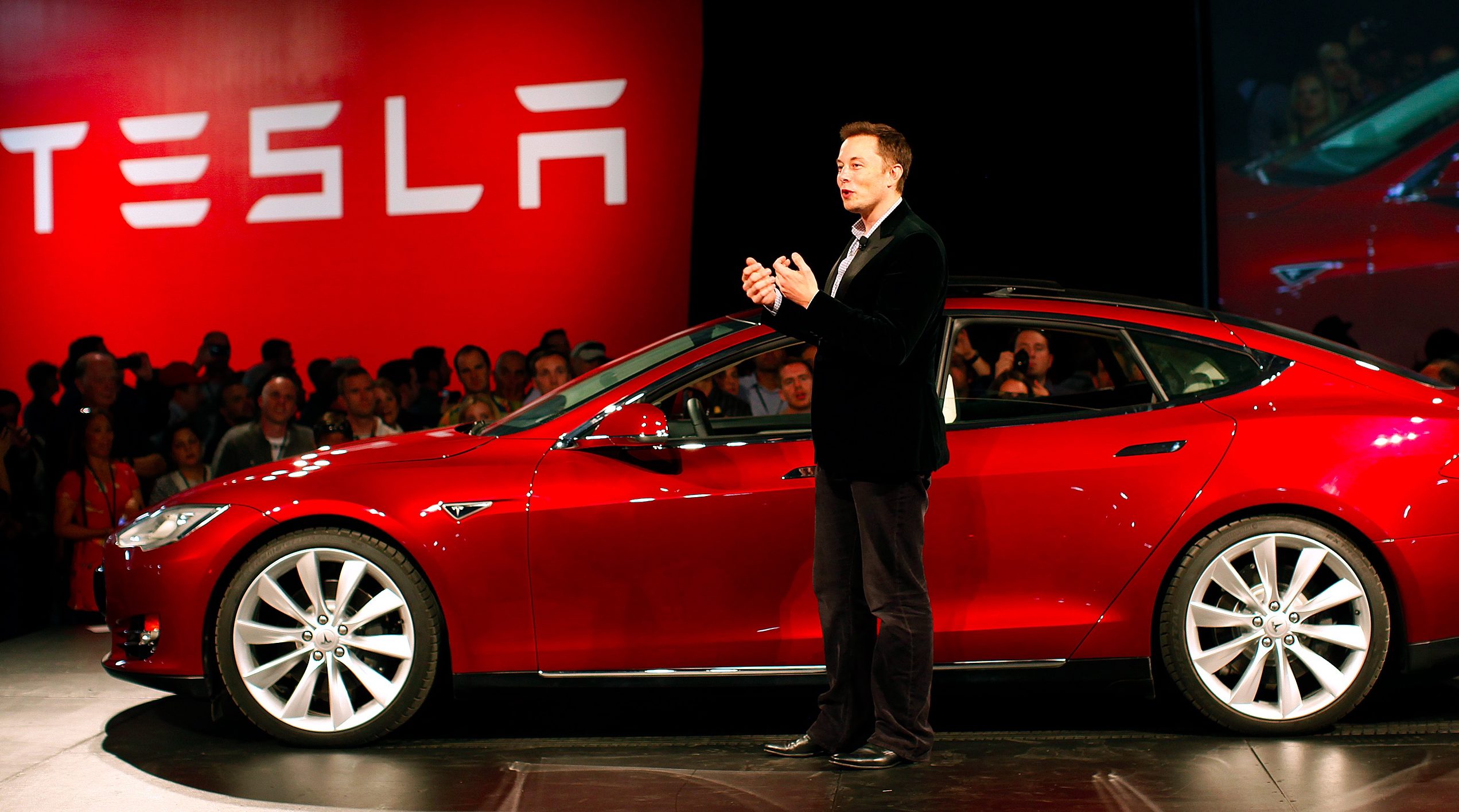
Tesla CEO Elon Musk’s $1 trillion pay package, which was proposed by the company last month, has hit its first bit of adversity from proxy advisory firm Institutional Shareholder Services (ISS).
Musk has called the firm “ISIS,” a play on its name relating it to the terrorist organization, in the past.
“ISIS”
— Elon Musk (@elonmusk) September 27, 2021
The pay package aims to lock in Musk to the CEO role at Tesla for the next decade, as it will only be paid in full if he is able to unlock each tranche based on company growth, which will reward shareholders.
However, the sum is incredibly large and would give Musk the ability to become the first trillionaire in history, based on his holdings. This is precisely why ISS is advising shareholders to vote against the pay plan.
The group said that Musk’s pay package will lock him in, which is the goal of the Board, and it is especially important to do this because of his “track record and vision.”
However, it also said the size of the pay package will enable Musk to have access to “extraordinarily high pay opportunities over the next ten years,” and it will have an impact on future packages because it will “reduce the board’s ability to meaningfully adjust future pay levels.”
The release from ISS called the size of Musk’s pay package “astronomical” and said its design could continue to pay the CEO massive amounts of money for even partially achieving the goals. This could end up in potential dilution for existing investors.
If Musk were to reach all of the tranches, Tesla’s market cap could reach up to $8.5 trillion, which would make it the most valuable company in the world.
Tesla has made its own attempts to woo shareholders into voting for the pay package, which it feels is crucial not only for retaining Musk but also for continuing to create value for shareholders.
Tesla launched an ad for Elon Musk’s pay package on Paramount+
Musk has also said he would like to have more ownership control of Tesla, so he would not have as much of an issue with who he calls “activist shareholders.”
News
Tesla is adding an interesting feature to its centerscreen in a coming update
In a recent dissection of coding, Tesla hacker green noticed that the company is bringing in screenshare with Software Update 2025.38

Tesla is adding an interesting feature to its center touchscreen in a coming update, according to a noted hacker.
In a recent dissection of coding, Tesla hacker green noticed that the company is bringing in screenshare with Software Update 2025.38. Details on the use case are slim, but he said the feature would export the car screen so it could be viewed remotely.
It would bring up a notification on the screen, along with a four-digit pin that would link the two together:
hm, have not noticed at first, but 2025.38 also brings in a “screenshare” service to export the car screen so you can view it remotely (details are unclear yet).
When you do it there’s going to be a notification on the screen. Secured by a super-duper static 4-digits pin…— green (@greentheonly) October 17, 2025
As previously mentioned, the use case is unclear, but there are some ideas. One of which is for remote support, which is something Apple has used to help resolve issues with its products.
Support staff and employees routinely tap into customers’ screens to help resolve issues, so this could be a way Tesla could also use it.
This seems especially relevant with Robotaxi, as the screen might be a crucial part of resolving customer complaints when there is no employee in the car.
Additionally, it seems as if it will not be exclusive to those owners who have newer vehicles that utilize the AMD chip. Intel will get support with the new feature as well, according to what green has noticed in the coding.
Finally, it could also be used with all sorts of content creation, especially as Full Self-Driving videos and what the vehicle sees in Driver Visualization.
As it is released, Tesla will likely release more information regarding what the screensharing mode will be used for.
For right now, many owners are wondering where it could actually work and what advantages it will offer for owners as well as the company itself.
Elon Musk
SpaceX posts Starship booster feat that’s so nutty, it doesn’t even look real
The Super Heavy booster’s feat was so impressive that the whole maneuver almost looked like it was AI-generated.
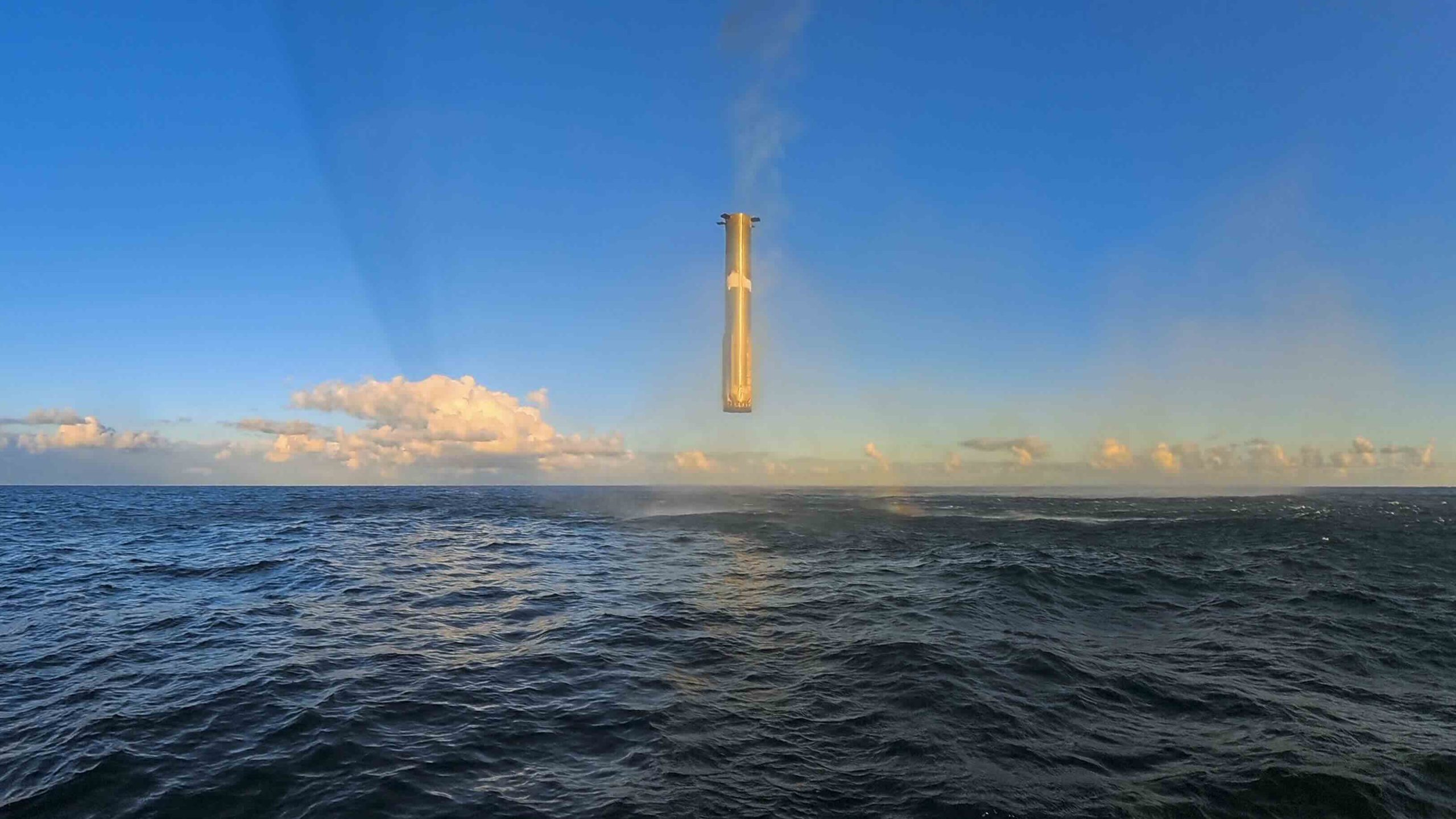
SpaceX has shared a video of a remarkable feat achieved by Starship’s Super Heavy booster during its 11th flight test.
The Super Heavy booster’s feat was so impressive that the whole maneuver, which was captured on video, almost looked like it was AI-generated.
Super Heavy’s picture perfect hover
As could be seen in the video shared by SpaceX, Starship’s Super Heavy booster, which is nearly 400 feet tall, smoothly returned to Earth and hovered above the Gulf of America for a few seconds before it went for its soft water landing. The booster’s picture-perfect maneuver before splashing down all but capped a near-flawless mission for Starship, which is about to enter its V3 era with Flight 12.
The booster’s balance and stability were so perfect that some users on X joked that the whole thing looked AI-generated. Considering the size of Super Heavy, as well as the fact that the booster was returning from space, the hovering display all but showed that SpaceX is dead serious about keeping its dominant lead in the spaceflight sector.
Starship V2’s curtain call
As noted in a Space.com report, Flight Test 11 achieved every major goal SpaceX had set for the mission, including deploying Starlink mass simulators, relighting Raptor engines in space, and executing a stable reentry for both the Starship Upper Stage and the Super Heavy booster. The feat also marked the second time a Super Heavy booster has been reflown, a milestone in SpaceX’s quest to make the entire Starship system fully reusable.
Starship’s V2 vehicle will now give way to the upgraded Starship V3, which is designed for faster turnaround and higher payload capacity. The Starship program is expected to pursue even more aggressive targets in the coming months as well, with Elon Musk stating on social media platform X that SpaceX will attempt a tower catch for Starship Upper Stage as early as spring 2026.
-
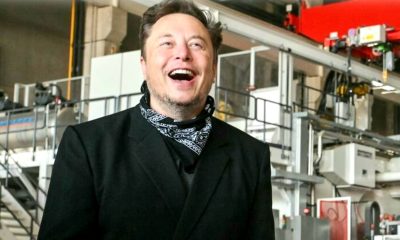
 Elon Musk1 day ago
Elon Musk1 day agoElon Musk was right all along about Tesla’s rivals and EV subsidies
-
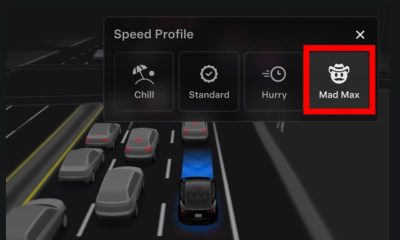
 News2 days ago
News2 days agoTesla launches ‘Mad Max’ Full Self-Driving Speed Profile, its fastest yet
-

 News2 days ago
News2 days agoTesla launches new interior option for Model Y
-

 Elon Musk6 hours ago
Elon Musk6 hours agoSpaceX posts Starship booster feat that’s so nutty, it doesn’t even look real
-

 News1 day ago
News1 day agoTesla widens rollout of new Full Self-Driving suite to more owners
-
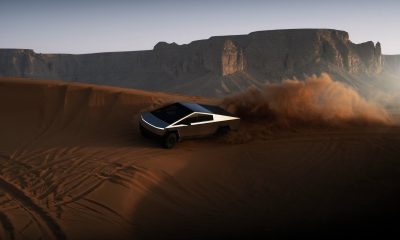
 News2 days ago
News2 days agoTesla makes big move with its Insurance program
-
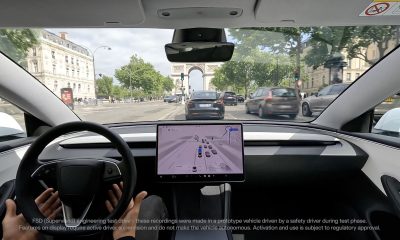
 News2 days ago
News2 days agoTesla just teased something crazy with the next Full Self-Driving update
-

 News2 days ago
News2 days agoTesla reportedly places large order for robot parts, hinting that Optimus V3 design is all but finalized


